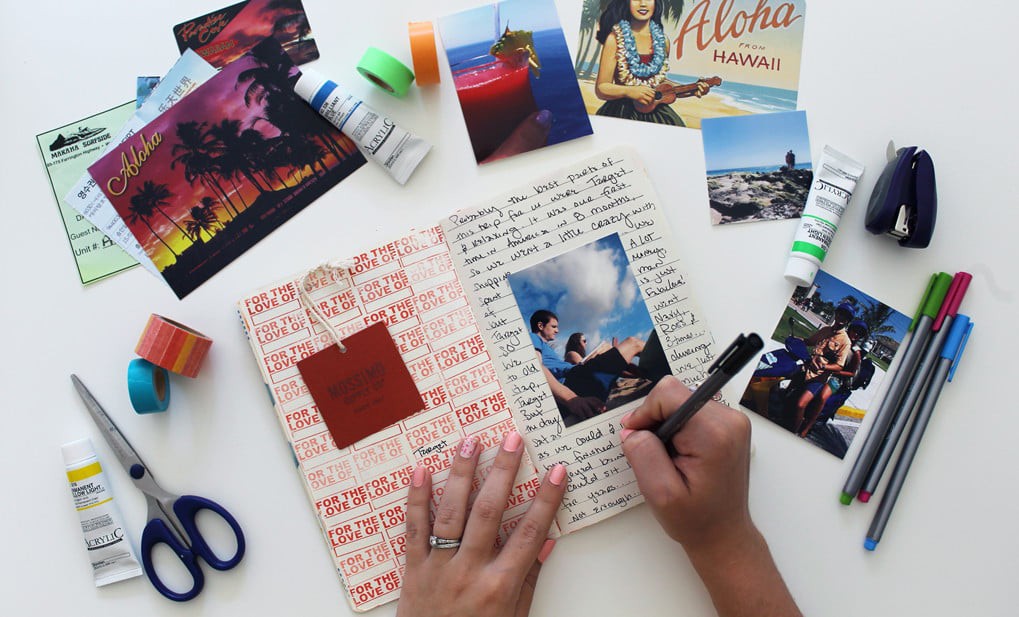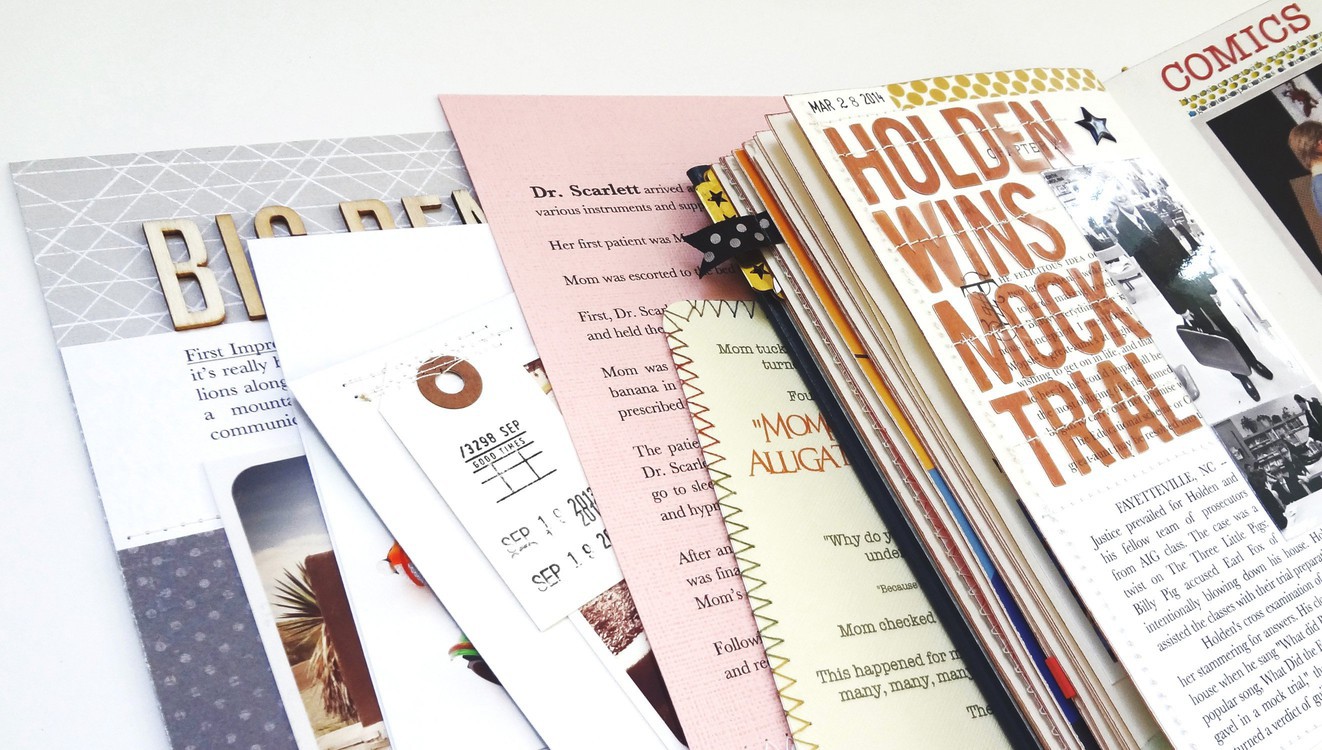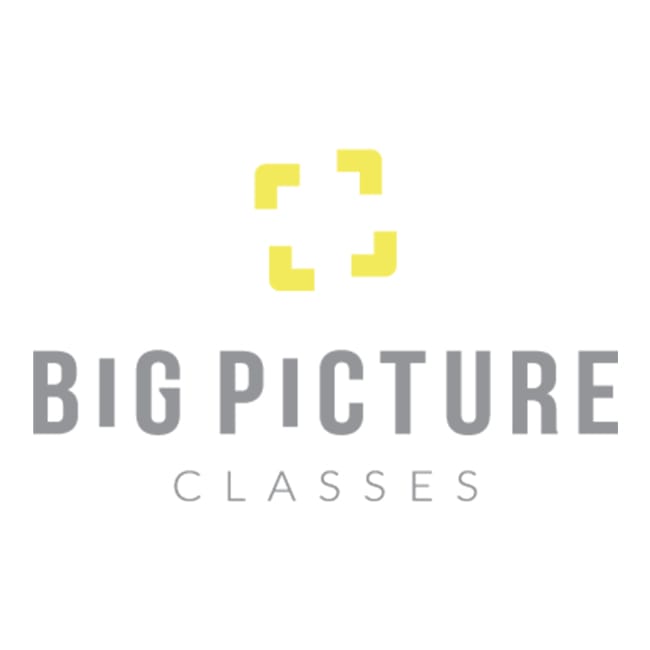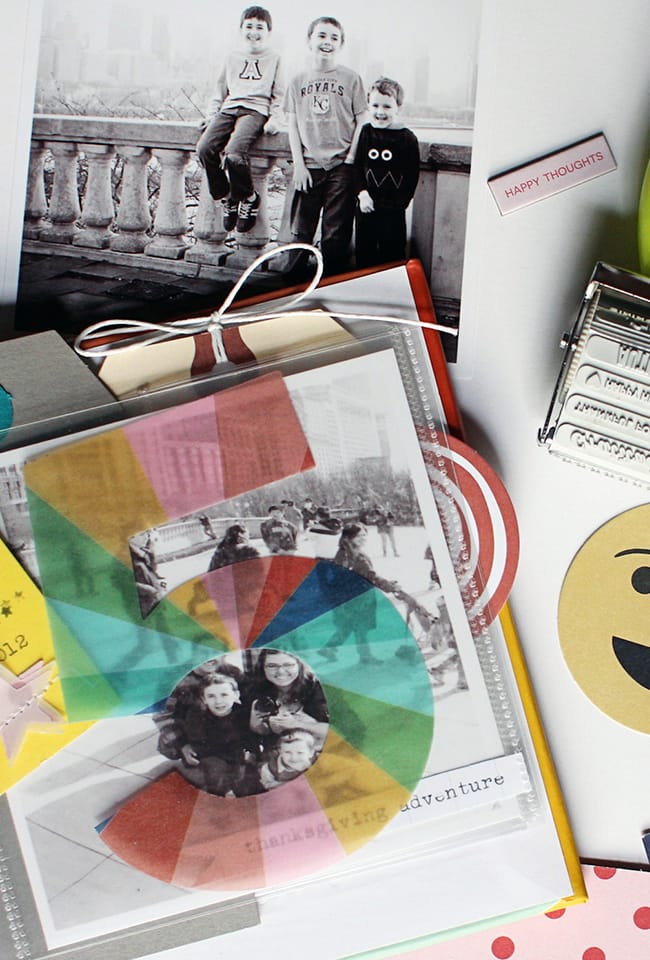10 Paint Techniques to Get Messy With on Your Next Project
Get ready to dip your toe—and your paintbrush—into the fun and messy world of paint! The BPC teachers have compiled ten fun paint techniques to get messy with on your next project. Experiment with monoprinting with Zinia Amoirdou in Monoprinting Magic. Combine watercolors and stencils for a surprising result with Femke Kokke in Mixed Media for Scrapbooking. And personalize fabric for a project with paint in 5 Ways to Use Paint with Celine Navaro. Try all ten techniques below to get your fingers painty and have a blast while you're doing it. You'll love the process!

Monoprint using a Gelli plate.
Monoprinting Magic, Zinia Amoiridou
Monoprinting is a form of printmaking that has lines or images that can only be made once, unlike most printmaking, where there are multiple originals. Monoprinting is such an amazing process that helps you free yourself from perfectionism and just spread and layer paint until you're happy. Not every single print will be a masterpiece, but you'll keep getting excited every single time you pull up your paper to reveal the final result.

Use watercolors and a stencil to create a unique background.
Mixed Media for Scrapbooking, Femke Kokke
When most people think of stencils, they think of using them with dry media to avoid the media from going underneath the stencil. But I love the smoothing effect of using watercolor with a stencil.

Make your photos pop off the page with a fluid acrylic paint background.
Modern Mixed Media, Natalie Wright
Mixed media doesn’t have to be dark, heavily layered, and time-consuming projects. Learn how to make trend forward projects in just a few minutes! Fluid acrylics can be used alone or mixed with mediums to create various textures and unique effects. Because fluid acrylics don't have any fillers or matting agents, the colors remain clear and really intense. They come in a large variety of fine art colors and also a few metallics and interference paints, as well.

Color your own fabric.
5 Ways to Use Paint, Celine Navaro
What? You can personalize fabric using paint? Of course, you can! The only thing you need is a piece of fabric that’s light in color so that the paint color will remain visible. The fact that we need to mix a little bit of paint with water will make the colors a little bit transparent. Which means that, if your fabric has a pattern, you’ll still see it through the color.

Digitize your paint creations.
Paint & Pixels, Catherine Saunders
In this class, we’ll experiment with watercolor paints, creating both patterns and lettering. Then, we’ll take our works of art, scan them, and manipulate them using Photoshop Elements (or Photoshop). Finally, we’ll use our digital files to create several projects: journaling cards and patterned paper, watercolor lettering on photos, stationery, and photo cards.

Create a base for your art journal spread.
Inspired Art Journaling, Olya Schmidt
I have to confess that, personally, I cannot imagine my art journal without some kind of paint in it. Be it acrylics or watercolors, I love the look, feel, and texture the paint brings to my pages. And though using paint is not required for an art journal (remember, there is no right or wrong way to create in your journal), I find that many people shy away from starting an art journal altogether because of the use of paint and the mistakes they might make. So, let's put those fears aside and take a look at just how fun acrylics and watercolors can be.

Use gelatos to mimic a watercolor scene.
6 Ways to Use Gelatos, Rut Bermell
Today, I want to show you the easiest way to create a vibrant and colorful background with Gelatos by using them as watercolors. I love how versatile Gelatos are, and you'll see that we can create a gorgeous watercolor background in just a few steps!

Create texture by layering paint.
Beneath the Surface, Heather Ulmer
This kind of texture is more tactile and interactive. I love touching my completed pages and I think that part of that comes from the physical texture I create. This is usually one of the messier steps, so get ready to wash your sticky fingers afterward.

Create dimension with gold accents.
Flower Power, Anna Komenda
I used a picture of my older daughter holding a golden balloon. It was taken during her birthday party so I decided to use golden foil to make my roses look more festive. And I must admit that I didn't expect such great results. Foil stuck to the reactive paint but also to the acrylic paint and highlighted the brush strokes beautifully.

Combine gel medium and gouache paint for a stunning result.
Winning Mixed Media Combos, Irit Landgraf
One of the best ways to get an interesting look is to use resist techniques, and gel medium is perfect for that. It has a thick consistency, which makes it perfect for applying through a stencil. This resist technique will work well with any type of watercolor or water-soluble medium (like Gelatos, Neocolor II, Inktense blocks), but I chose to use gouache, which is an opaque watercolor.
Are you ready to dip your paintbrush into those vibrant colors and get a little messy on your next project? Don't wait—start today! Remember, as a member of Big Picture Classes, you get access to our entire library of classes. Sign up now and start exploring!








Sign in or sign up to comment.
0 comments